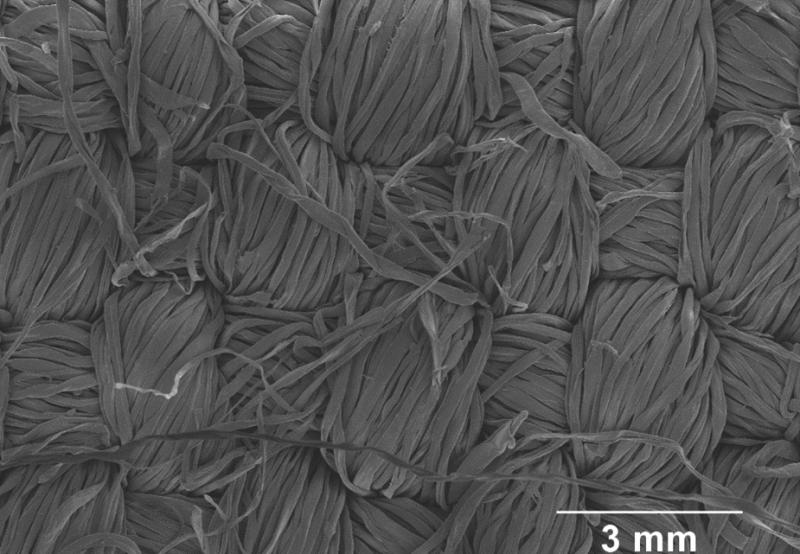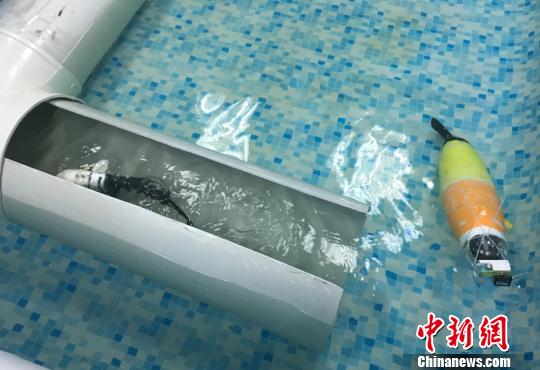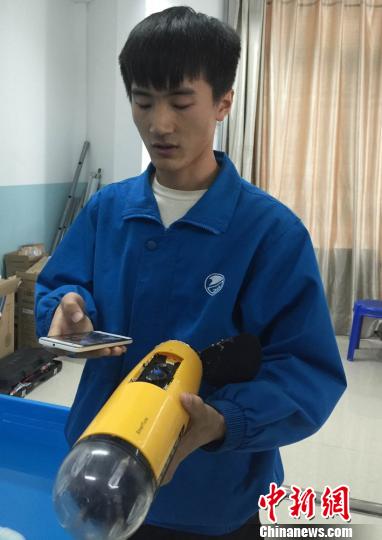China's 'missing girls' theory likely far overblown, study shows
Tue, 11/29/2016
LAWRENCE — It's common for media and academics to cite the statistic that China's one-child policy has led to anywhere from 30 million to 60 million "missing girls" that has created a gender imbalance in the world's most populous nation.
But a University of Kansas researcher is a co-author of a study that has found those numbers are likely overblown and that a large number of those girls aren't missing at all — it was more of an administrative story that had to do with how births are registered at local levels in China.
"People think 30 million girls are missing from the population. That's the population of California, and they think they're just gone," said John Kennedy, associate professor of political science. "Most people are using a demographic explanation to say that abortion or infanticide are the reasons they don't show up in the census and that they don't exist. But we find there is a political explanation."
The 2010 Chinese census found the sex ratio at birth was 118 males for every 100 females. Globally the average is about 105 males to females. In 2015, Chinese state media announced all couples would be allowed to have two children, signaling the end of the controversial 35-year-old policy, but scholars and policymakers are examining how the ban could have lasting social influence in China on everything from elderly care to political stability.
Kennedy and co-author Shi Yaojiang, of Shaanxi Normal University in China, have analyzed statistics and found that a combination of late registration and unreported births explains a larger portion of the "missing girls" than previously reported in Chinese sex-ratio-at-birth statistics. Their findings are published this month in the journal China Quarterly.
The researchers believe local government officials informally worked with farmers and acknowledged that they couldn't fully enforce the one-child policy. Instead they made tacit agreements in allowing families to have extra children in exchange for social stability in their communities. The cadres, or local governments, would then under-report “out of plan” births that ultimately influenced the national population statistics.
"There is no coordination between cadres saying 'we're all in agreement,'" Kennedy said. "Actually it's just very local. The people who are implementing these policies work for the government in a sense. They are officials, but they are also villagers, and they have to live in the village where they are implementing policies."
Kennedy and his co-researcher's work began in 1996 when they interviewed a villager in the northern Shaanxi province and discovered that he had two daughters and a son. The farmer referred to the middle daughter as "the nonexistent one."
Kennedy said since the mid-1980s, villagers could legally have a second child if the firstborn was a girl.
"We noticed that qualitatively when we interviewed villagers and higher- and lower-level officials everybody had a tacit understanding that yes, millions of girls and some boys, too, were allowed to be unregistered, and then these children appear in the population statistics as older cohorts at junior high school age and marriage age," said Kennedy, whose research focuses on social policy and change in China.
To supplement the qualitative data, the researchers then examined Chinese population data by cohort, and they compared the number of children born in 1990 with the number of 20-year-old Chinese men and women in 2010. In that cohort, they discovered 4 million additional people, and of those there were approximately 1 million more women than men.
"If we go over a course of 25 years, it's possible there are about 25 million women in the statistics that weren't there at birth," Kennedy said.
Much media coverage has focused on potential social problems stemming from a "marriage squeeze" where men sizably outnumber women.
"If 30 million women are truly missing, then there's going to be more males than females of marriageable age as they start looking for wives. There is nothing more socially unstable than a bunch of testosterone with nowhere to go," Kennedy said.
However, he said their findings about under-reported births at the local level seem to explain why the marriage squeeze may not be as pronounced as previous scholars suggest.
Otherwise, their study provides more insight into how local villages and cadres operated. Diplomatically people have likely viewed the Chinese negatively, thinking villagers would be willing to kill their daughters to comply with the law, but Kennedy said this explanation about under-reported births would make more sense.
As the government has moved to end its one-child policy, some believed the Chinese government might view their research findings as a positive spin, Kennedy said, but for about 15 years it was too politically sensitive to publish, especially for his co-researchers who lived in China.
China's 'missing girls' theory likely far overblown, study shows | The University of Kansas
Journal Reference:
- Yaojiang Shi, John James Kennedy. Delayed Registration and Identifying the “Missing Girls” in China. The China Quarterly, 2016; 1 DOI: 10.1017/S0305741016001132
Abstract
In 2010, according to the sixth Chinese census, the sex ratio at birth (SRB) was 118 males for every 100 females. The global SRB average is about 105. Thus, the gap between 118 and 105 is made up of “missing girls.” Scholars present three main explanations for the skewed SRB statistic: sex-selective abortion, infanticide and delayed or late registration. Most studies take a demographic and cultural approach to explain the high SRB. However, we believe the story of the “missing girls” is also an administrative one and adopt the street-level bureaucrat theory of policy implementation to explain the pervasiveness of late registration in rural China. We use descriptive statistics derived from the 1990, 2000 and 2010 census data to identify the “missing girls.” We believe the combination of late registration and unreported births may point to a larger proportion of “missing girls” than previously reported from the SRB statistic.
根据 2010 年第六次人口普查, 中国性别出生比为118, 即出生 118 个男孩对应出生 100 个女孩。全球平均性别出生比约为105。因此, 118 和 105 之间的差距即为 “失踪女孩”。现有研究认为主要有三种原因导致这一结果: 性别选择流产, 杀婴和晚登记。多数研究利用人口统计学方法或从文化角度解释高性别比。然而, 我们认为 “失踪女孩”也与行政管理因素有关。我们采用政策实施的街头官僚理论来解释中国农村极为常见的晚登记现象, 并且使用描述性统计数据以及来自 1990, 2000 和 2010 的普查数据组成的反向生存表来识别 “失踪女孩”。相比与之前的研究, 我们认为晚登记和未登记将可能从更大比例上解释 “失踪女孩”。




















